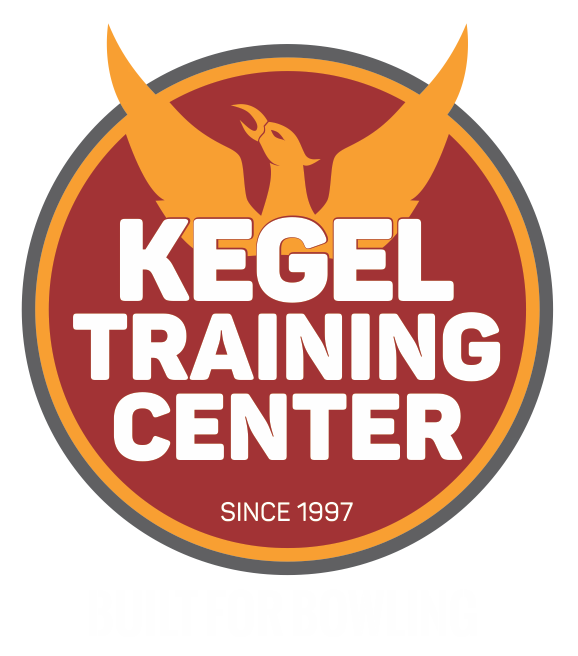The meaning of practice for many players is simply to go to the local bowling center and play a few games. A good practice session is determined by the scores. Playing in your usual way, doing what you always do, and judging progress by scores may result in some progress, however, it is not the most effective way to improve.
The first step in practicing for improvement is to make an honest determination of your bowling strengths and then list possible areas for improvement. In some cases, you may need the help of a certified coach to assist you in this process. Many bowlers seem to be unaware of their strengths and sometimes we avoid admitting areas that need improvement. Take some time on this process. Looking at your game on video can also be a helpful tool.
Next, select what you believe are the most important areas of improvement that will bring the most benefit to your game. For example, you might find that making spares is a significant area of improvement for you. You also might realize that improving your percentage of making single pin spares can quickly improve your scores. In competitive bowling, it is not uncommon to find that several hundred pins are “lost” from missing single pin spares in a tournament format. Imagine the benefit if you could improve your spare making by even 10 or 20 percent.
Another common area for improvement that is seen at the Kegel Training Center is a swing that does not match up to the line of play. For example, often the swing will move away from the body in the ball placement phase and then go behind the back. This swing angle does not match up to the ball path intended by the player. Correcting this problem in practice can also make dramatic improvements in your game.
The point here is that if you need to improve your spare game or if you have a physical game issue that needs to change, going to the lanes and bowling game after game for score is limiting you to slower progress and it may even cause bad habits to be further embedded in your “muscle memory” or the neuro-muscular connections that control all activity in sports.
Thus with our spare making example, a player might go to the lanes and work on different strategies for making single pin spares. Game score would be ignored and mistakes would be critical in determining which strategies were most effective.
In the example of correcting swing alignment, a player might use a specific technique or drill to improve. In the case of a drill, a complete approach may not even be desirable until the player masters the intended skill.
In addition, training research also indicates that learning new techniques occurs more quickly if practice is done at a slower speed than normal. This slower speed helps to develop the neuro-muscular connections necessary to master the new technique.
In summary, Practice for Improvement involves the following components:
1. Focusing on specific issues or techniques one at a time
2. Performing at slower than normal speed to develop new neuro-muscular pathways
3. Using mistakes as a guide to better performance
4. Struggling through a period of being uncomfortable while learning
5. Performing correct repetition until mastery
Once you have done the “practice for improvement” work, then it would be time for the fun and enjoyment of putting it all together and bowling for score. Try out practice for improvement and see if you see the benefits described here that we see at the Kegel Training Center.







